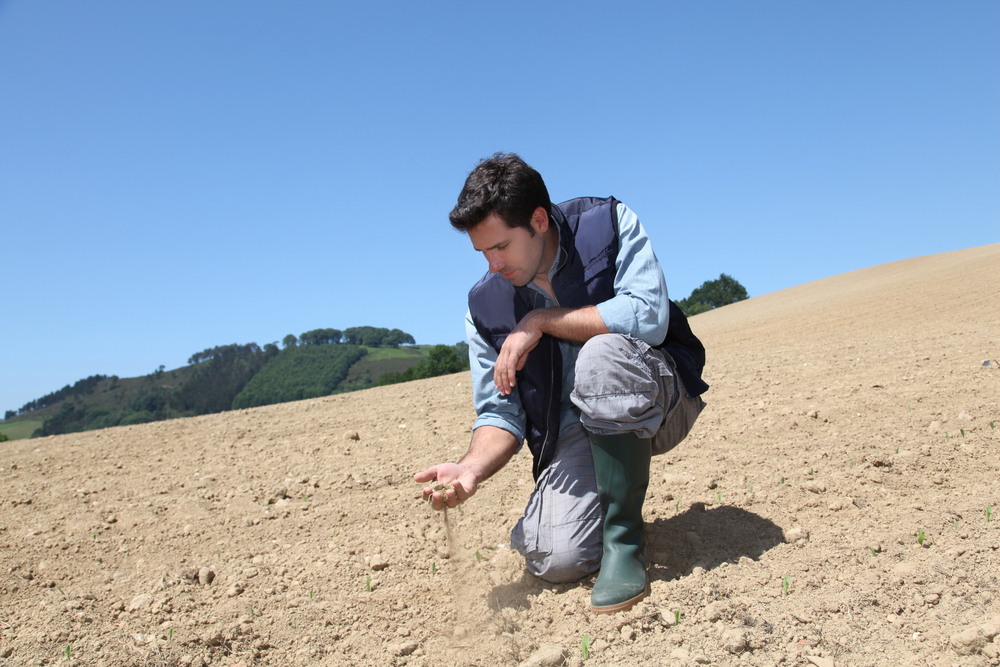What Did The Second Quarter Look Like From Halderman’s Perspective?
By Lindsay Humphrey
“The land market has continued getting stronger through this quarter, I’d say it increased around 5% on average across the board,” Karst said. “One of the biggest questions we’re hearing is when will rising interest rates affect land prices. To put it simply, we don’t know.”
Land prices have remained unaffected by ever-increasing interest rates. The housing market is a different story. It’s taking a bit longer to move houses than in the past two years.
Both supply and demand remained strong through the month of June, which isn’t typical for farm real estate.
“Normally a lot of farms don’t sell May through July, but we’re seeing slightly above-average supply for this time of year,” Karst said. “Usually, we see more farms come on the market in August and September and through the fall months.”
Similar to the first quarter, Halderman witnessed farm ground sell for prices that will go down in the history books. Even though land values are at an all-time high, there is plenty of demand from farmers as well as investors looking for real assets that perform well during inflationary times.
How is the drought impacting Indiana producers?
In the month of June, Indiana saw only 55% of its average precipitation. Roughly 62% of the U.S. is also experiencing some sort of drought
“Corn is in the early vegetative growth state right now [June],” Karst said. “The corn is growing very rapidly and even determining the size of the ear when it’s time for harvest.”
When stressed, the leaves on the corn stalk roll up as a means to slow down trans evaporation and retain as much moisture in the plant as possible. When the leaves roll up, they reduce the plant’s exposure to the sun and slow down the rate of photosynthesis.
“During the early vegetative state, you may lose 1 to 3 percent of your yield each day that the leaves are rolled up tight,” he explained. “During the pollination stage, usually in late summer, you can lose 3 to 9 percent of your yield in a single day.”
Corn uses significantly more water during the pollination stage, which comes roughly two weeks after the Fourth of July.
“I’m still optimistic that the crops will have a very good yield, especially if we get good rain in July and August,” Karst said.
What should buyers and sellers expect in the coming months?
To predict what the second half of 2022 might bring, Karst made some educated presumptions.
“If demand doesn’t waver because of the increased interest rates, if we have good farm income and average to above-average crop harvest, then I would say the demand for farm ground will still be high in the coming months,” Karst said. “I also think we will see even more land come on the market.”
Karst expects people to continue capitalizing on high land prices by liquidating their assets. More than just land, plenty of used farm equipment is selling at above-average prices.
As more producers reach retirement age, high land and equipment prices make it attractive to hang up the overalls for good.
“There seems to be a lot of farmers, especially in the western corn belt, that are deciding to retire,” Karst said. “It’s all a function of the market being really strong and people reaching retirement age.”
